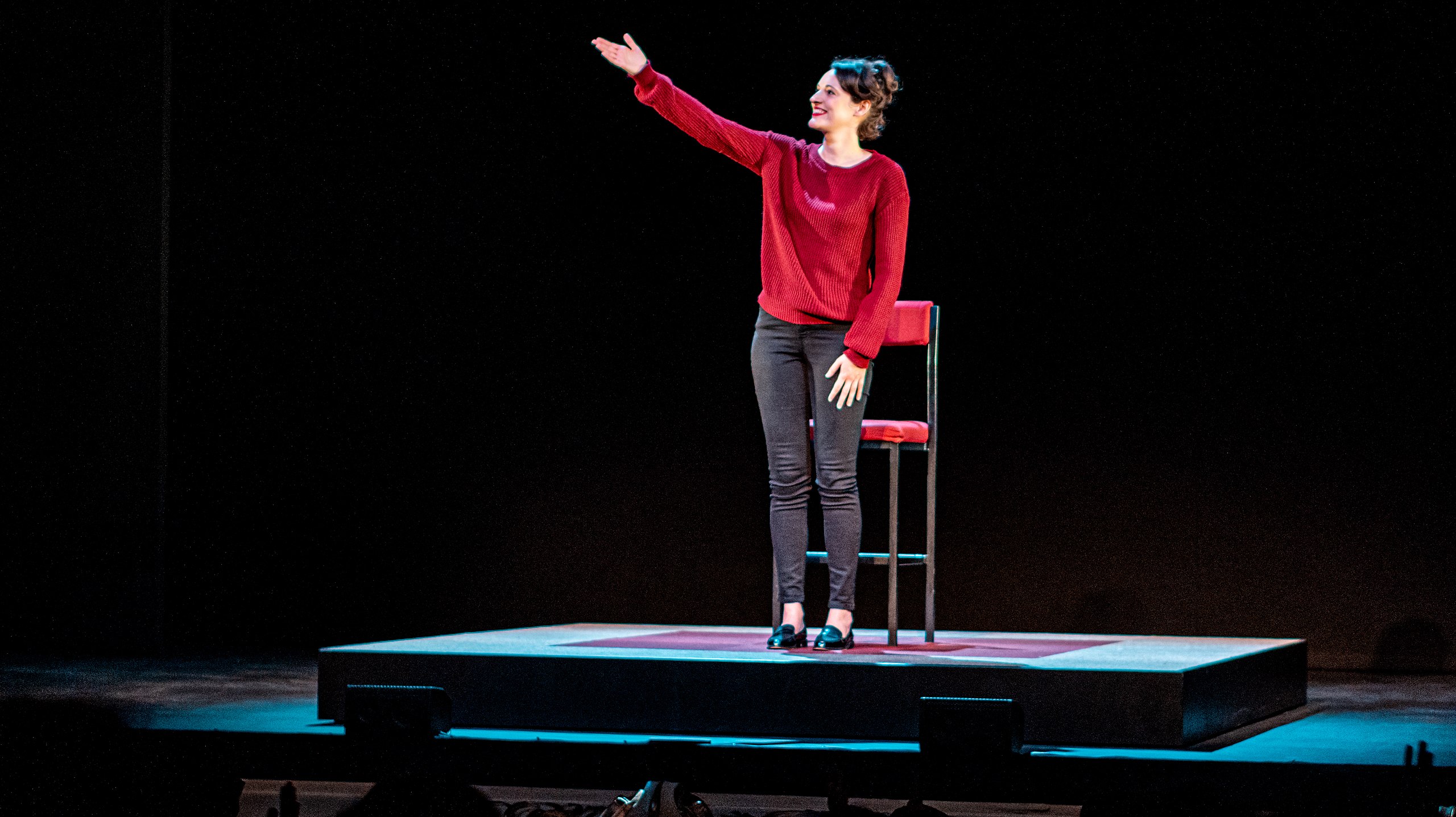I first realized that it might take an external eye to discern the narrative meaning of my life when I read “Northanger Abbey” in a class about Jane Austen.
The heroine of “Northanger Abbey,” Catherine Morland, is repeatedly characterized as “plain.” She has spent her childhood reading gothic novels that describe a heroine as everything opposite to herself. She has no innate taste for the elegant arts of music and drawing; instead, her favorite thing to do is roll down the hill behind her house. With her parents preoccupied by their other nine children, Catherine spends most of her childhood entertaining herself with novels.
“Northanger Abbey” is remembered for its assertive narrator. Austen’s voice shines through and structures the telling of Catherine’s life story in a way that parallels and mocks the life of the gothic heroine archetype. Catherine is not poisoned or kidnapped. Instead, she has to navigate the challenges of becoming comfortable in her own skin and learning how to operate in a new environment away from her family. The narrator turns Catherine’s seemingly plain and unexciting existence into an empowering rejection of oppressive expectations for young women, and a coming-of-age story about balancing reality and escapism that feels relevant today.
I came to this same realization a second time while watching “Fleabag.”
“Fleabag” made it nearly impossible for me to think about anything else. The show has been relentlessly celebrated and lauded as groundbreaking, so mine was not a unique reaction. I wanted to understand what it was about this show depicting a sex-addicted, 30-year-old woman — two things I don’t pretend to relate to — and her glorious trainwreck of a life that felt so cathartic for me and so many others. Like with Catherine, the structure of Fleabag’s story allows the unified meaning to become clear.
Fleabag (the name of both the show and its protagonist) repeatedly breaks the fourth wall. “This is a love story,” she tells us, smirking directly into the camera after wiping unexplained blood off of her face in her iconic jumpsuit. “I’m good at this,” she proclaims, once again smirking into the camera, this time after telling her therapist that she, “spent most of her adult life using sex to deflect from the screaming void inside her empty heart.”
Breaking the fourth wall like this establishes the unwavering presence of an audience, literal or metaphorical, in every moment of Fleabag’s life. The tension between our desire for an audience, the necessity of an audience if we want our lives to be externally perceived, and the damage that comes from perpetual performance and the inability to be alone with ourselves are baked into the structure of the show.
The idea of living as if there is an ever-present audience and the idea of comparing ourselves to the fictional ideals we grew up with both remind me of a philosophical framework for self-understanding called narrative identity. Narrative identity suggests that we form our identity by fusing our life experiences into a cohesive, but ongoing story which then provides us with a sense of purpose. It is an appealing idea. It’s something I, at least subconsciously, bought into for a while. I wrote, “I want a documentary about my life to be interesting” on the first page of my journal from high school. This idea is pervasive amongst Gen Z as “main character” challenges circulate on TikTok. Calling someone the “main character” is an enviable compliment.
But I now say we need an external perspective to construct this narrative version of our identities because defining ourselves through this paradigm is limiting.
Fundamentally, we are sense-making creatures who understand ourselves and the world around us through storytelling. But fundamentally, we are not characters, and the pressure for narrative cohesion as a means of understanding selfhood puts us at odds with our inherent incoherency as human beings. Characters are the three-hundred-ish pages or the one-hundred-twenty-ish minutes of deliberately selected and organized moments in service to a predetermined message. We are those moments and we are the rest of the time. Unlike a storyteller beginning a narrative construction, we do not approach our lives as if we already know the ending. As philosophy professor Elizabeth Camp explains, “What the narrative view really explains is the identity and significance of lives, not the identity and significance of selves.”
Some lucky people recognize and internalize their purpose early on. But for the rest of us, it is liberating to think that the thread that connects each discordant part of ourselves, each episodic period of growth we undergo, is not something we need to worry about defining. It may present itself in the eyes of those around us, or it may appear to our future selves as they look back on experiences that felt meaningful and formative. We just need to live.
In the final moment in the show, Fleabag motions to the camera not to follow her, and then she turns and walks away.
It signifies the closing of the gap between performance and actuality. After years of compulsively living her life for an imaginary audience in an attempt to avoid looking inward, she relinquishes the control she so desperately and debilitatingly clung to over her story. This is the moment the show ends because this is the moment she stops being a character and becomes herself.
- A Great Day For Self-Inflicted Millennial Despair - October 1, 2021
- Growing Up With Clairo - July 23, 2021
- Never Meet Your Heroes - July 1, 2021

